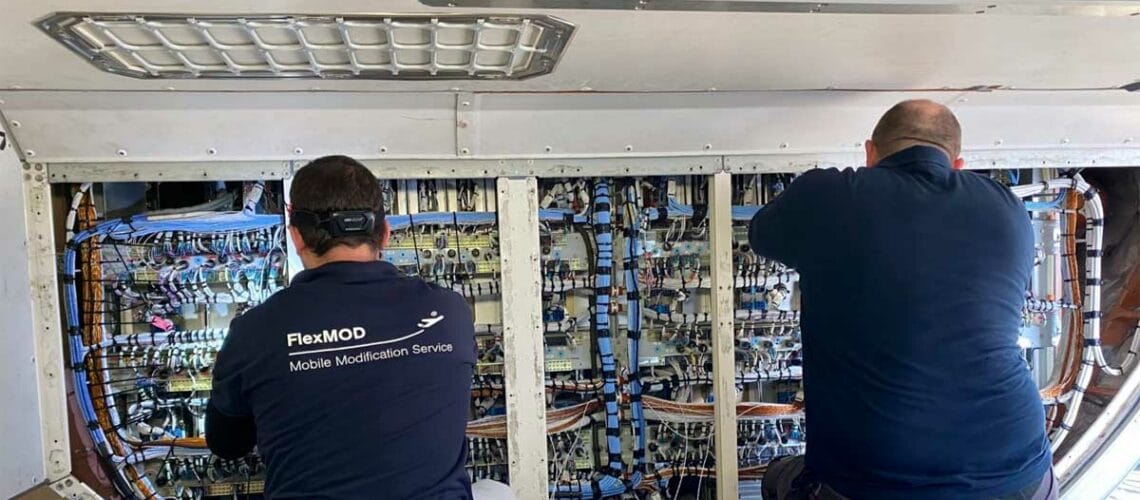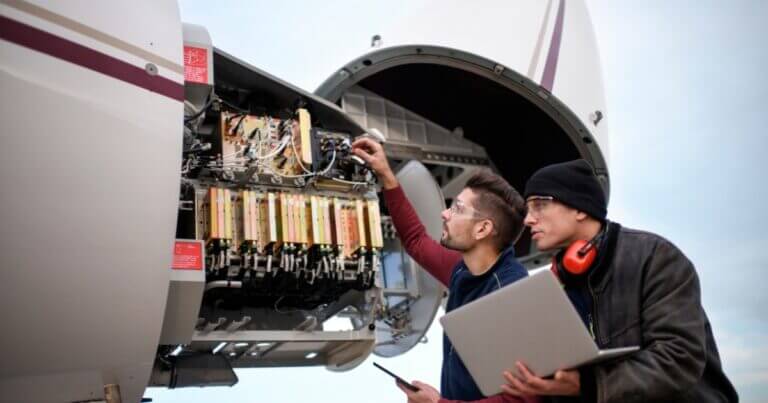At some point in your professional career you will have heard the term freelancer or have worked directly-indirectly with a freelancer, also the term Contractor can be used to describe a freelancer. But what exactly is it and how does it work in aviation?
What is a Freelancer?
A Freelancer is a person who offers his or her services to one or more companies in exchange for a fee, either for hours of work, days of work or projects, for a determined period of time.
The term “Freelance” comes from England during the 1800s and referred to mercenaries who provided their services to the highest paying individuals or states.
Freelance in Aviation
In aviation, this method of hiring has become popular when airlines or MROs are faced with new work projects for which they do not have enough qualified personnel, either due to the impossibility of finding available personnel or in the event that the project is timely and it is not profitable to make new hires for an indefinite period of time.
Which are the most sought-after aeronautical maintenance professionals as Freelancers?
In the Aeronautical Maintenance sector, the most sought-after professionals are:
- Technicians with B1.1, B2, B1.3, A License
- Unlicensed technicians
- Technical Engineers and Planning
- Specialists in Steel Structures
- NDT Specialists
- Painters
- Composite Materials Specialists
- Technical Representatives.
All work performed in aeronautical maintenance, whether Base or Line, must be certified by a technician with certifying capacity, which is why companies are looking for these professional profiles to carry out the different projects they have to face.
In the case of an MRO that has large projects such as, for example: D checks + landing gear change, engine change + cabin modifications, wifi network installation, etc. They will need a large number of professionals to meet project deadlines. On several occasions, these companies do not have sufficient personnel to deal with such projects and must look for external personnel such as licensed and unlicensed technicians, structural steelwork specialists, NDT, painters, and composite material specialists.
The figure of the Technical Representative is very popular in aircraft returns, to ensure that all sections established in the lease contract are complied with. If you want to learn more about the Technical Representatives and their functions I suggest you watch this very well-explained video from Airline Basics.
Where to find Freelancer jobs?
A few years ago it was a little-known sector for the vast majority of aeronautical technicians, today thanks to the development of the Internet and access to all social networking platforms such as LinkedIn-Facebook makes it much more accessible to find work and be found by recruiters in the sector.
To find out about the vast majority of offers in the aeronautical sector worldwide you can visit websites such as:
You can follow on LinkedIn the big aeronautical recruitment agencies such as:
- Bostonair
- VHR
- JMC
- EXEL
- Resource Group
- Protec
- Carbon 60
- Oaklands Global
- First People Solutions
- TARCG
- Qualitair
- Metis
Advantages and Disadvantages of being a Freelancer
Advantages:
- Higher economic remuneration. This type of employment has higher salaries than any permanent contract.
- Freedom to choose where and when to work. You will be able to choose for which company, in which country or in which region to work.
- Flexibility to choose free time. It gives you the possibility to mark the seasons of the year in which you wish to take a vacation.
Disadvantages:
- Long periods away from home. The vast majority of contracts require intra-Community (European) or international travel, which entails being away from home for a long period of time.
- Being external personnel and having a higher economic remuneration than the rest of the company’s workers, the treatment by local workers may not be ideal.
- The work to be performed may not be the best in the profession, e.g. work in cargo holds, cabins, fuel tanks, etc.
- Long working hours of 8 to 12 hours per day and 4 to 6 days per week.
- Accommodation in hotels or shared apartments which are not always in good condition.
- Job instability. In the case of few job offers, you may not be able to work for long periods of time.
- You must manage your own social security taxation either through a self-employed or a limited company.
- Ease of dismissal. Either you or the contracting company may terminate the contract without notice and without payment of compensation.
Advantages and disadvantages may vary depending on your background, the contract, the company you work for and your personality.
Requirements to work as a Freelancer
To start your professional career as a Freelancer you will need:
- A high level of written and spoken English.
- You must have a competitive CV
- Professional experience, as evidenced by Logbook in the type of aircraft in question.
- High adaptability to new work environments
- Be mentally prepared to demonstrate your professionalism in each new contract. The aeronautical sector is very competitive, and every new company you work for will test your knowledge and skills.
- Toolbox if required by contract.
Professional Council
My advice for you to succeed as a Freelancer.
You must adapt as quickly as possible to each new work environment. The adaptation will allow you to perform maintenance tasks naturally and without stress, getting to enjoy the experience of working in different work teams.
Whenever you want to leave a contract early, do it under the best possible conditions, so that you can return in the future.
Being a small sector, everyone knows each other in one way or another, which is why you must maintain good relations with your colleagues. You must take care of your professional image, once you are a freelancer you will be your own brand.
This article is based on my personal experience and opinion, in case you have different opinions of the aeronautical sector do not hesitate to share them.
I hope I have been of professional help. If you have any doubts, please leave me a comment.






